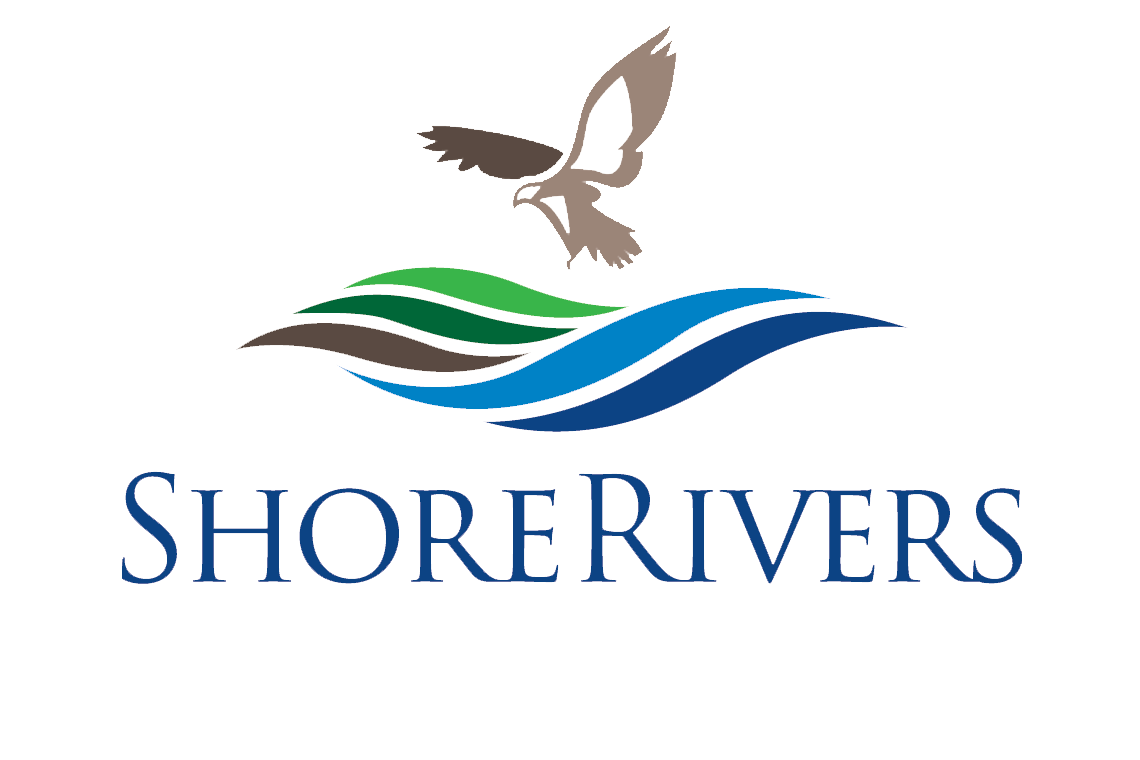On October 18, 1972, the Clean Water Act officially went into effect. This revolutionary law, which was passed in response to decades upon decades of toxic, industrial pollution and sewage being dumped into our nation’s waters, finally put restrictions on the companies making our water unsafe for human contact. It allowed community members to hold polluters accountable and set precedent for future efforts to ensure clean water for all Americans—an essential human right. It’s also a vital tool for groups like ShoreRivers, that work to protect and restore our waterways.
The Clean Water Act laid the groundwork for the work we’re still doing today. From suing companies who put profit over public health by refusing to modernize failing wastewater treatment plants, to advocating for endangered species and fragile ecosystems, to putting pressure on governmental agencies to enforce the laws they’re sworn to uphold, we remain committed protecting and restoring our Eastern Shore waterways through science-based advocacy, restoration, and education.
As we celebrate 50 years of this important piece of legislation, we also look ahead to the next 50. The Act set a goal of eliminating the discharge of pollutants to the nation’s waters by 1985, and, in 2022, we’re still not there. In fact, in a meeting of the Chesapeake Executive Council this week, leaders of the Bay states acknowledged we will not make the 2025 deadline set under the Bay Total Maximum Daily Load strategy. And while the Clean Water Act has been responsible for massive reductions in point-source (or traceable) pollution, the Eastern Shore and our waterways face pollution sources that are harder to identify and harder to eliminate. Our work isn’t done.
We urge you to stay in the fight with us as we continue to work to see the Clean Water Act’s initial goals realized by supporting your local environmental groups and voting for clean water this November.
Isabel Hardesty
Executive Director, ShoreRivers

